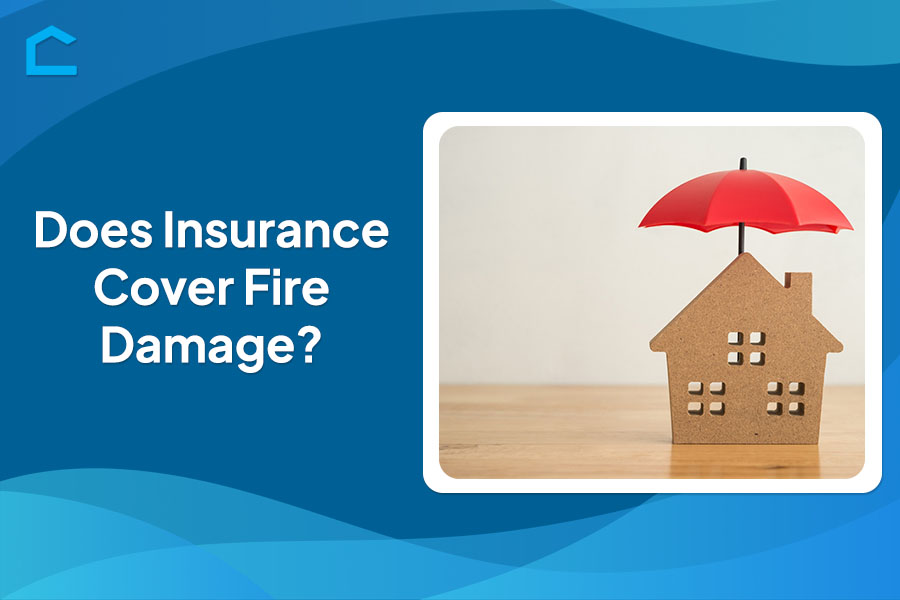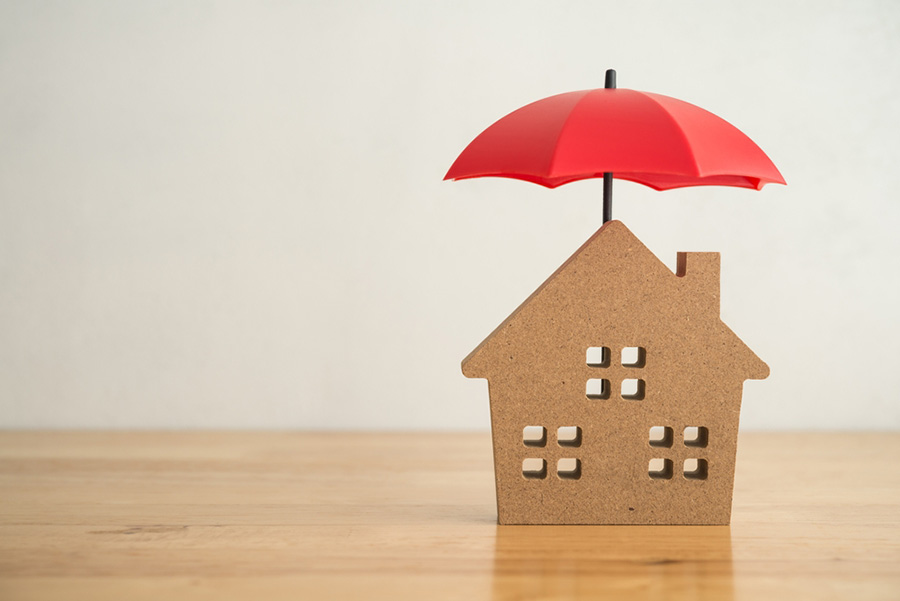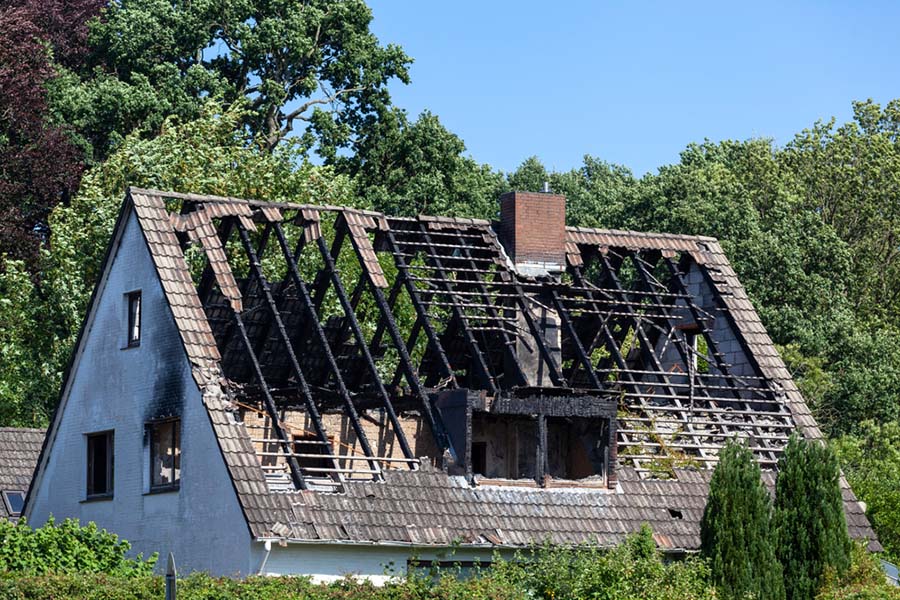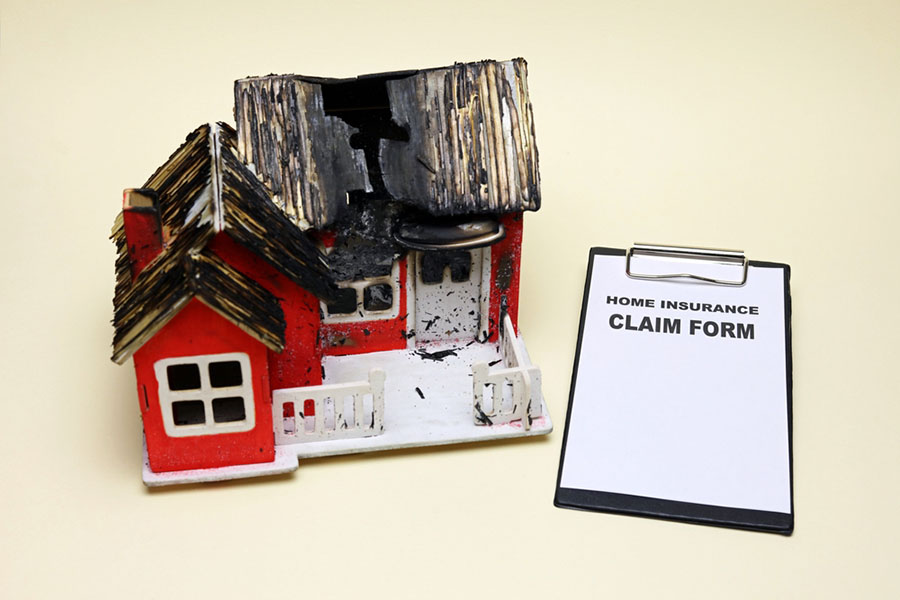Does Insurance Cover Fire Damage?

Fire damage can be extensive, affecting structures, personal belongings, and even causing additional water damage from firefighting efforts. The costs associated with restoration, repair, and replacement can escalate, making insurance coverage a crucial consideration for homeowners and businesses. But does insurance cover fire damage?
The world of insurance policies is complex, with various types of coverage, exclusions, and limitations. We’ll explore the fundamentals of coverage, common policy types, and key factors that can impact your claim.
Continue reading in order to be better prepared to navigate the insurance landscape and stay financially protected!
Does Insurance Cover Fire Damage?
Most standard homeowners insurance policies cover damage from smoke and fire as part of basic protections, so you usually don’t need extra coverage. The insurance helps pay for repairs or replacement if your home or belongings are damaged or destroyed by fire.
This coverage extends to damage caused by even small fires that can result in significant smoke damage throughout your home, providing valuable protection and peace of mind. Homeowners insurance typically consists of two main parts.
The first is dwelling coverage, which includes the physical structure of your home, such as the roof, walls, floors, cabinets, and attached structures like a garage. The second is personal property coverage, which includes belongings inside your home, such as furniture, clothes, electronics, appliances, and other items.

Covered Fire Scenarios
Your homeowners policy will cover you in many common fire scenarios. If a fire starts from cooking, a fireplace, electrical issues, or lit cigarettes, any resulting damage is covered.
But is smoke damage covered by insurance? Yes, smoke and soot damage from any interior fire is also included in the coverage. The policy even protects you if an exterior wildfire spreads and damages your home and property.
However, you may need to take reasonable steps to prevent fire damage. In other words, leaving hazardous conditions unaddressed could void some coverage.
Examples of Coverage
Your homeowners insurance covers essential parts of your home, such as the roof, walls, floors, countertops, cabinets, and built-in appliances. It can also extend to detached garages or sheds.
Your personal property, including furniture, electronics, clothing, jewelry, and books, is protected from fire damage. Major appliances such as ovens, refrigerators, and water heaters are typically included in this coverage, too.
To ensure you have enough coverage, create a detailed inventory of your valuables. This will help you determine the coverage amounts you need accurately.
Types of Fire Damage Coverage
Dwelling Coverage
Dwelling coverage helps pay for repairing or rebuilding the physical structure itself—you’re covered for the main house and attached buildings like a garage. As mentioned, this includes the foundation, walls, roof, and built-in features like appliances, cabinets, countertops, and flooring. However, it doesn’t cover the land itself.
Detached structures like sheds or separate garages may also receive some dwelling coverage, though the amount could be limited. Remember, dwelling coverage won’t compensate for damage resulting from neglecting home maintenance over time.
Personal Property Coverage
Your homeowners policy not only covers the structure of your house but also provides personal property coverage. This protects your belongings inside your home if they’re damaged or destroyed by fire. As said, personal property includes furniture, clothing, electronics, and other personal possessions.
Even better, this coverage extends to your belongings even when they’re temporarily away from home during a fire. Personal property coverage typically has specified dollar limits, often calculated as a percentage of your dwelling coverage amount.
You can also purchase additional coverage for expensive valuables. However, keep in mind that certain items like cash, important documents, and collectibles usually have their own reimbursement limits.
Additional Living Expenses
If your home is so damaged by fire that you can’t live there, additional living expenses (ALE) coverage helps pay for temporary housing. You can use ALE for hotel stays, dining out, and any other increased living costs. This coverage applies while your home is being repaired or while you search for a new place to live.
However, ALE only applies if your homeowners policy covers the fire damage—it won’t apply if the cause of damage is excluded. Typically, ALE coverage lasts for a reasonable period, often 12-24 months, and may have a total dollar limit. It continues until repairs are finished or you relocate permanently.

Common Exclusions and Limitations
Homeowners insurance policies have standard exclusions and limits for fire damage coverage. You won’t be covered for intentionally caused fires like arson—it’s illegal insurance fraud.
Additionally, insurers often limit coverage if your home was vacant for an extended period, usually 30-60 consecutive days, due to increased fire risk. Even if your claim is covered, there are policy limits.
These limits apply to the maximum payout for rebuilding your home, replacing personal belongings, and covering additional living expenses. You’ll also need to pay a high deductible amount out-of-pocket before insurance covers the rest.
Moreover, insurers may depreciate payouts on older homes rather than fully covering current costs. You can purchase a replacement cost endorsement for an extra premium to avoid this.
How to Ensure Adequate Coverage
Ensuring adequate homeowners insurance coverage is an ongoing process. You should review your policy limits regularly and update your personal property inventory annually or whenever your situation changes.
If your home’s value or belongings have significantly appreciated, don’t hesitate to increase your dwelling or personal property coverage limits. You can further customize your protection by adding endorsements or riders. These address specific risks, valuable items, or situations not fully covered under your standard policy.
Common endorsements include scheduling high-value personal property and water backup coverage for drain/sewer backups. Additionally, consider service line coverage for underground utility lines you own. Taking these proactive steps helps you maintain sufficient coverage as your needs evolve.
Filing a Fire Damage Claim
In the event of fire damage, immediately contact your insurance company and document all damage with photos/videos before any cleanup. The claims process involves an adjuster inspecting the damage and reviewing your documentation to determine a settlement amount per your policy’s coverages.
You must be prepared to show the adjuster all affected areas and provide copies of your documentation. If you are displaced from your home, keep records of all additional living expenses for reimbursement under your policy’s loss of use coverage.

Conclusion
Insurance serves as a vital safety net after a fire, covering damage to your home’s structure and personal belongings. But fire damage isn’t just about flames; it often involves smoke and water damage.
Repairing or replacing your property can be costly, making insurance coverage essential for homeowners and businesses. So, does insurance cover fire damage?
Your homeowners insurance typically includes fire and smoke damage coverage, protecting your home and personal items. Yet, reviewing your policy regularly ensures you have adequate coverage to handle unforeseen disasters.
Knowing what your insurance covers and keeping your policy up to date provides peace of mind, ensuring you’re prepared to rebuild and recover after a fire! Take care!
